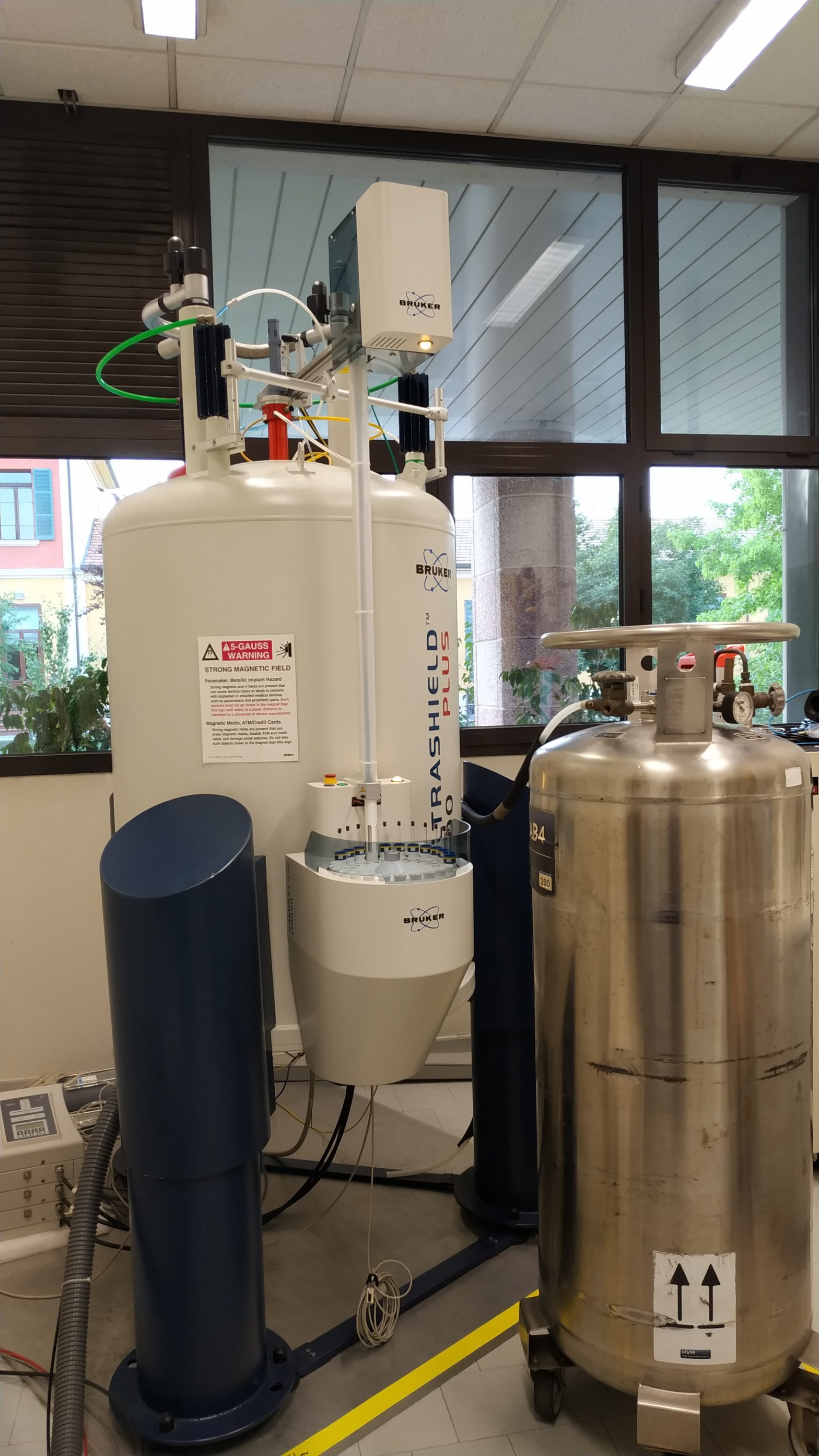My main research activity is dedicated to the development of NMR methods for the high resolution definition of the food matter, by discovering relationships between nuclear magnetic properties and the chemical-physical characteristics of the food compounds embedded in their supramolecular matrix.
My research work aims at developing chemical descriptors able to define the qualitative characteristics of foodstuffs, by using simple numerical parameters extracted from spectroscopic data.
My academic career started with a research line in chemical bioinformatics, applied to the study of the chemical properties of protein surfaces and structures, aiming at correlating the structural data with the biological function of such macromolecular systems, especially those containing metal ions.
In 2005, I coordinated a research project, funded by the Italian Ministry of Agriculture, Food and Forestry, aimed at identifying molecular profiles, based on Nuclear Magnetic Resonance (NMR) spectra, for applications in advanced trac(k)eability systems, identifying the origin of fresh or minimally processed horticultural products.
I have been the scientific coordinator of three projects funded by the Italian Ministry of Agriculture, Food and Forestry, to support the General Directorate of Maritime Fishing and Aquaculture in the drafting of regulatory guidelines for the fresh fish system.
I have been the European coordinator of the project KBBE FP7-266331 “CHANCE – Low cost technologies and traditional ingredients for the production of affordable, nutritionally correct foods Improving Health in Population groups at risk of poverty”.
I have been the leader of the “Food Structure and Nutrient Bioavailability” work group in the COST action FA1005 INFOGEST, “Improving Health Properties of Food by Sharing our Knowledge on the Digestive Process”.
Currently, I am the work-package leader in several EU-H2020 projects aiming at delivering prototypes of processed seafoods, produced according to the sustainability concepts. The quality of the products is being defined by applying the metabolomics approach, integrated in the quality control systems of aquaculture production, by recording the changes, occurring in the whole molecular profile of aqueous extracts obtained from flesh, as a consequence of different farming systems and storage conditions. A combination of high resolution NMR spectroscopy (600MHz) and chemometric techniques for data analysis is applied to discover the most significant metabolic changes related to the farming system and to check the reproducibility and stability of the fish quality. The output of such approach consists of a quality check system that assigns a holistic score to each production batch also related to other quality indexes based on the sensorial analysis.

